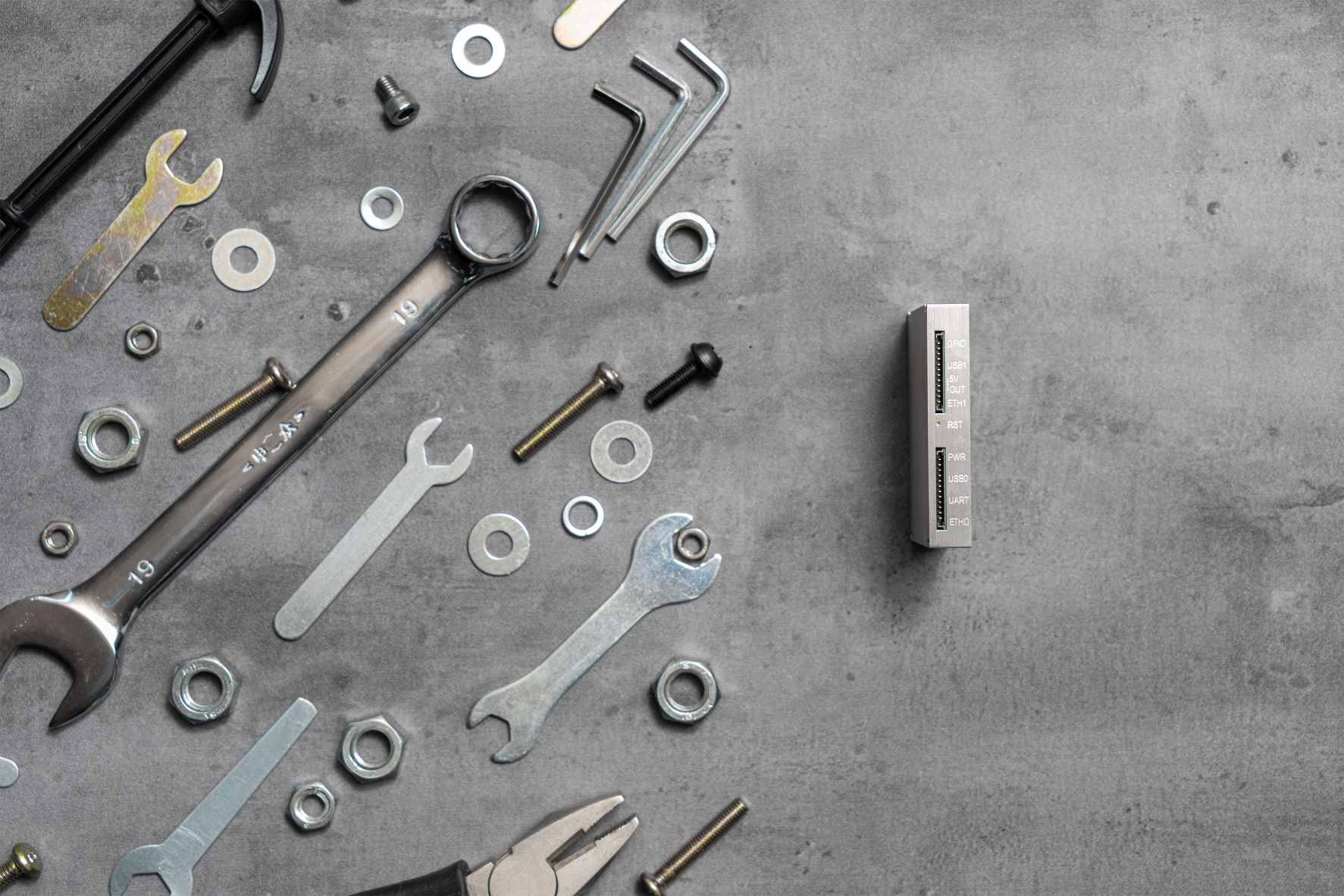High performance
The first difference is the drastic gap in output power. The output power of a radio is measured in dBm. Most commercial routers operate at 20 dBm or less, while industrial radios typically operate at 30 dBm or more. A difference of 10 dBm may seem negligible, however, dBm is not scaled linearly but rather exponentially. Upon conversion, 20 dBm is 100 mW (milliwatts) while 30 dBm is a whopping 1 W (megawatt), which equates to 1000 mW. As such, the difference is ten times greater.
The high output power enhances the radio’s capabilities, specifically in its range. A run-of-the-mill home router usually provides a Wi-Fi signal within a small area. Sometimes it can even have issues propagating its signals in a larger home, necessitating the use of repeaters. But industrial radios are capable of covering a greater area due to their stronger output. Overall, they can propagate an area better, even through solid concrete walls. Depending on the setup, the signals can also extend for several kilometers in an outdoor setting.
Another defining capability of an industrial radio is its bandwidth – the maximum amount of data transmitted over a link in a given amount of time. It’s essentially how much data that can be transmitted and received every second. In general, a home router provides Wi-Fi and maintains a network connection between a handful of devices. But in certain applications, industrial radios provide connectivity to tens and hundreds of devices and form part of a complex network structure that transmits large data files. It is the exceptional reliability offered by industrial radios that enables crucial industrial processes as well as mission-critical tasks of the armed forces.
Extended temperature range operation
Any industrial radio must be able to operate under an extended temperature range due to its high transmission power and variable environmental temperatures. The gold standard for industrial applications is typically -40 °C to +85 °C. However, for certain extreme applications, a temperature range of -55 °C to +125 °C can be expected, which complies with the official MIL-SPEC standards.
Vibration and shock-resistant
It’s inevitable that a radio will be exposed to strong vibrations generated by industrial machinery. Then there’s also the physical wear and tear caused by knocks and impacts as well as weather conditions. Hence, a lack of shock protection and vibration resistance can lead to gradual degradation or sudden damage. Mechanical damage can cause internal components to loosen, detach, or in the worst-case scenario, be smashed. These consequences are undesirable and can lead to performance failures.
Industrial grade components
Besides being rugged externally, industrial radios are often equipped with industrial grade components. They are manufactured with higher-grade materials to operate at extreme temperatures and also withstand vibration and impacts. In addition to their superior physical qualities, these components typically boast tighter electrical tolerances due to stricter QC processes. Components with tighter electrical tolerances provide greater predictability and reliability.
Conclusion
All in all, industrial radios are more rugged, reliable and deliver superior performance. Our Doodle Labs’s Smart Radio has been designed with these three criteria in mind. We have spent years developing and perfecting the Smart Radio to meet the demands of industrial environments. Find out how our Smart Radios can meet your industrial application needs here.
